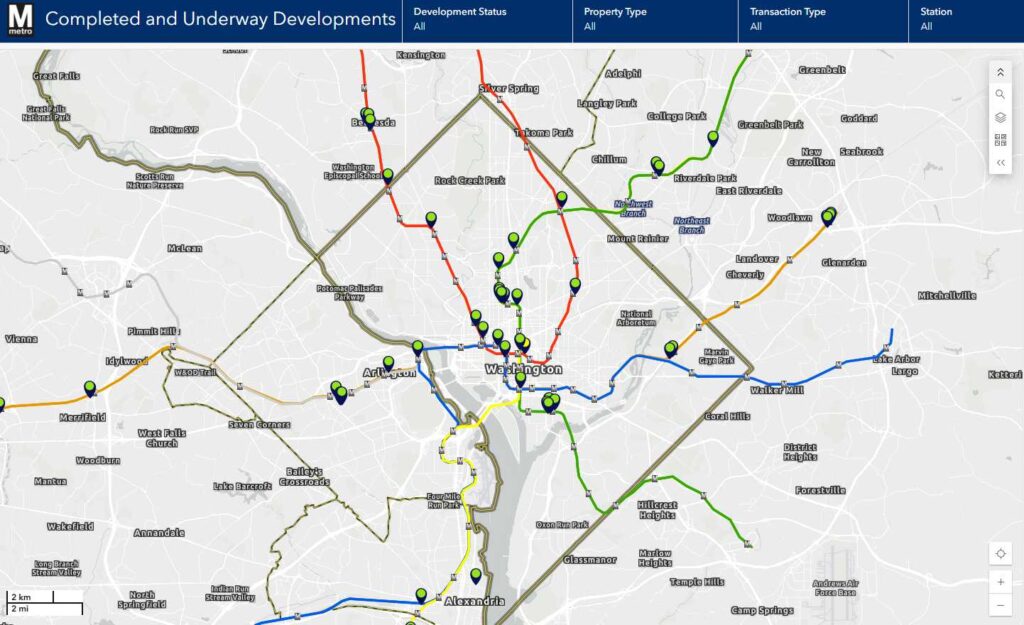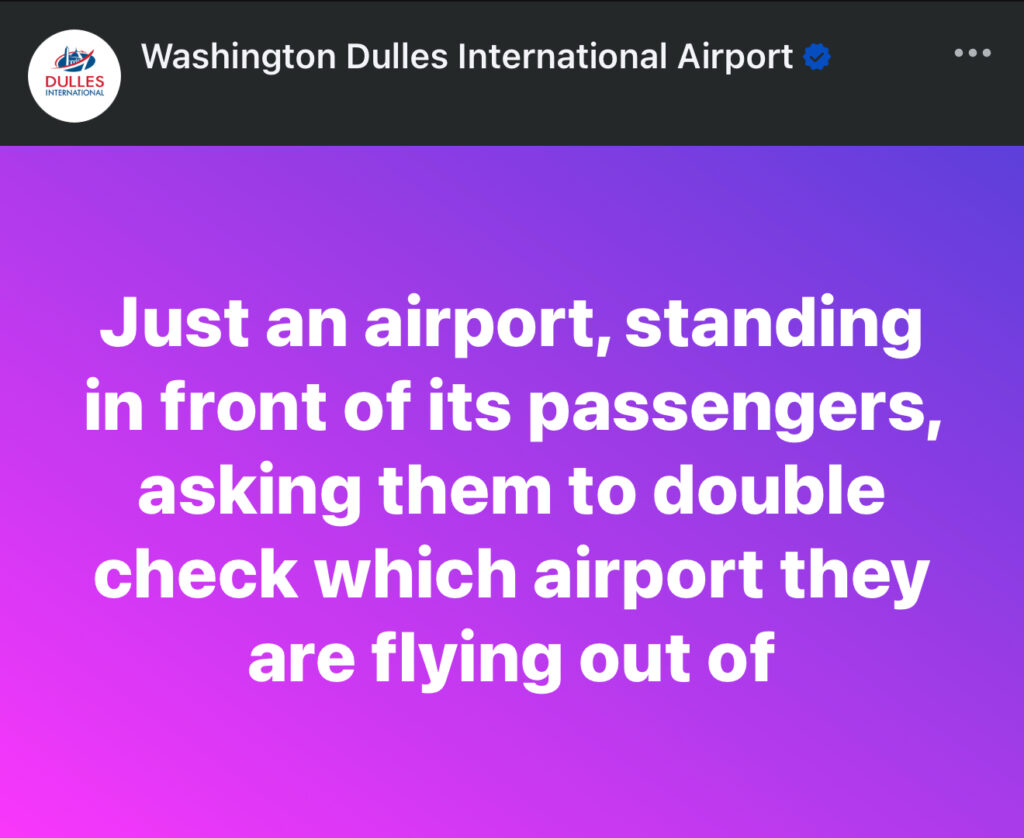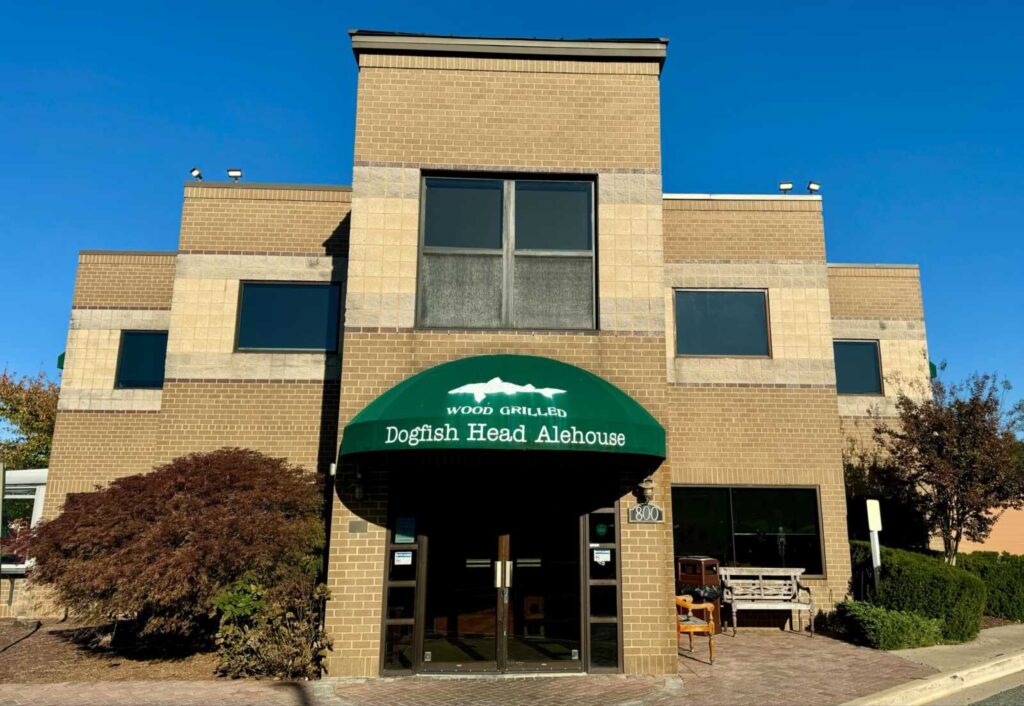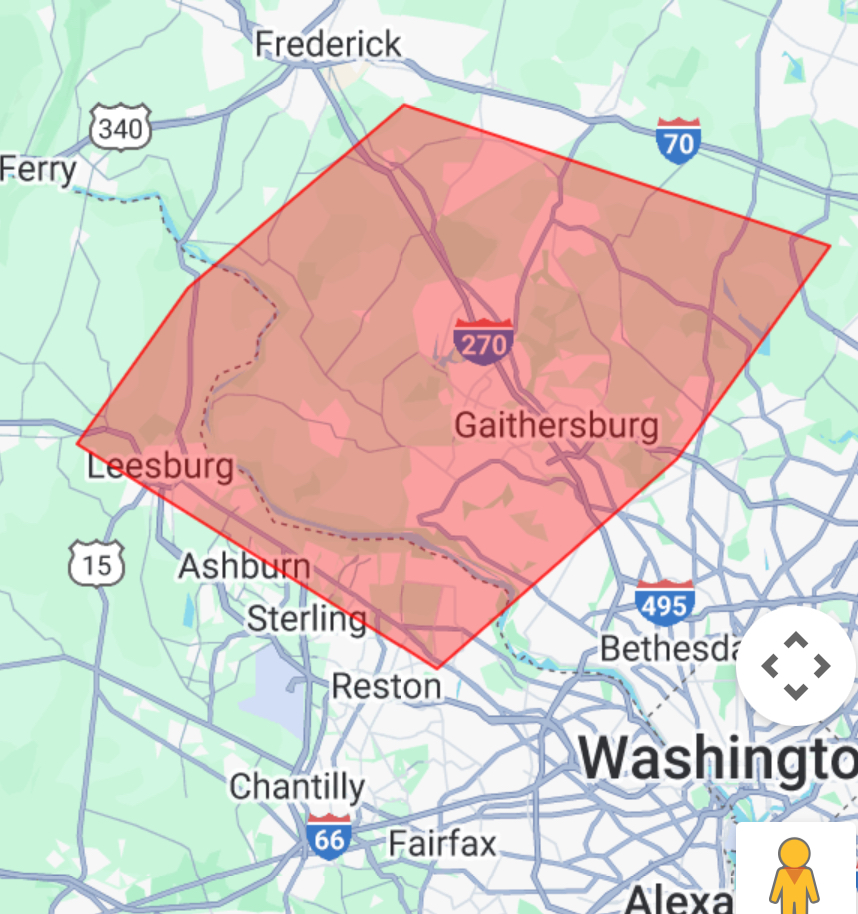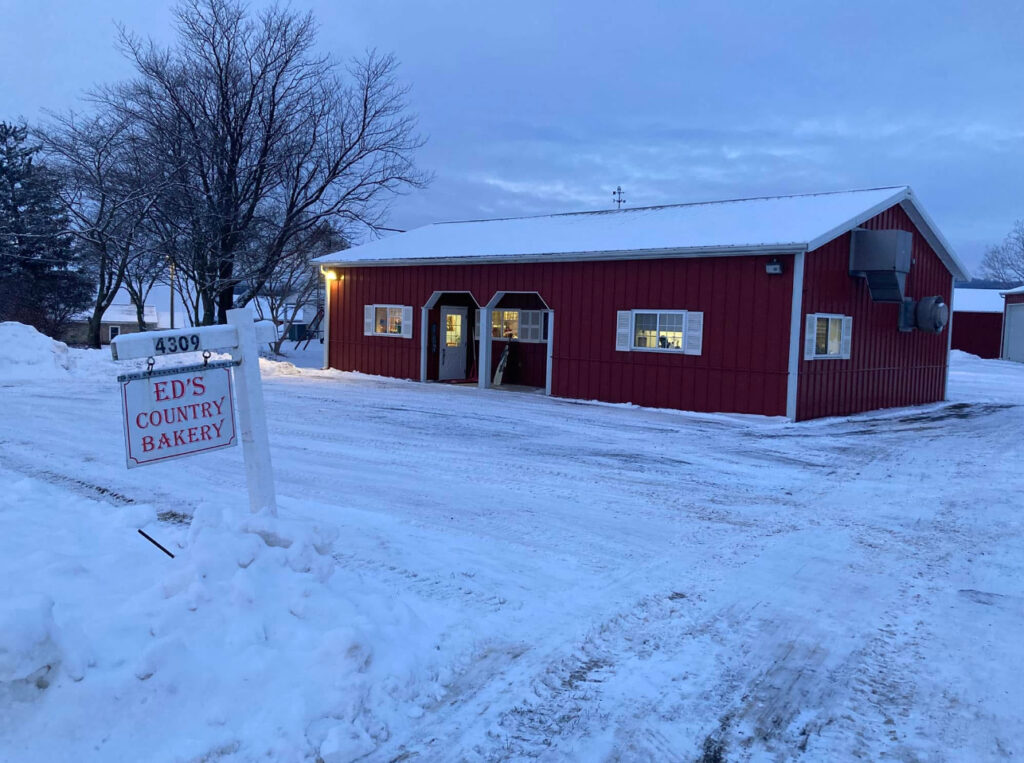Metro has released a new status report that highlights the joint development real estate program’s three years of accomplishment. According to a new status report on Metro’s 10-Year Strategic Plan, the program has completed eight projects in three years, totaling 1,490 residential units (813 affordable) and 1 million square feet of office space. These projects have generated $15 million in new annual tax income for local jurisdictions.
According to WMATA, developers work with Metro’s joint development program to construct offices, residences, and other facilities on Metro land. This type of transit-oriented development brings additional housing, jobs, and tax income to the area while also increasing Metro ridership and revenue.
There will be an additional 1,270 residential units and 422,000 square feet of business space added by five new complexes that are either already under construction or are anticipated to begin in 2025. This will result in an additional $22 million in tax revenue each year.

Metro General Manager and CEO Randy Clarke stated, “We’re not slowing down. We’ve completed more joint development projects than any other transit system in the country.” Since we are aware of the benefits joint development offers to the local economy, citizens, and Metro system, the Metro team has created and executed methods to speed up joint development during the past three years.
By 2032, Metro hopes to have 20 more cooperative development agreements, and it is almost there. Five new cooperative development agreements have been approved by Metro’s Board since 2022, and staff members are now negotiating four more. With a target of finishing future discussions in six to nine months, Metro has streamlined procedures, updated transaction templates, and hired outside real estate experts and counsel in order to reach this milestone.
Metro recently signed a revised Joint Development Agreement with EYA for Takoma, which calls for a 434-unit residential complex with 17,000 square feet of retail space and a 1.8-acre park. This month, Metro will sign a Joint Development Agreement with Hines for Twinbrook. The Twinbrook joint development consists of 5,000 square feet of retail space and 437 residential units. It is anticipated that both projects will begin construction in 2027.
Metro issued four solicitations in 2024, which is much more than in the ten years prior. Metro chose developers for two stations from these solicitations, and a third is anticipated this autumn.
By using updated solicitation templates, regulating the cost of replacement assets, and appropriately sizing transportation infrastructure, Metro’s site planning and solicitation process lowers risk and boosts site marketability. With $187 million in state, local, and federal financing allotted to Metro sites over the last three years, Metro also collaborates with jurisdictional partners to address financial feasibility issues.
According to the Metro’s 2025 Progress Report, there is still 29 million square feet of undeveloped space available across 41 stations, which may result in an extra $300 million in new tax income each year. In addition to helping Metro employees manage internal resources, Metro’s station prioritization groups also assist local municipalities in identifying and proactively addressing development concerns.
Across 32 stations, Metro’s 59 projects since 1975 have produced 10,800 residential units, 5.7 million square feet of office space, and 1.3 million square feet of retail space, bringing approximately $220 million in tax income annually.
Metro is developing a new Joint Development Tracker that displays all completed projects, their financial impact, and potential development locations in order to provide stakeholders and the general public with greater visibility into the joint development program.
At wmata.com/jointdevelopment, you can see the comprehensive 2025 Progress Report and related Work Plan, which details the completed, near-term, and mid-term initiatives for each station. Metro’s Strategic Transformation Plan Regional Opportunity and Partnership Goal will continue to be used to augment annual reporting with future progress updates.
